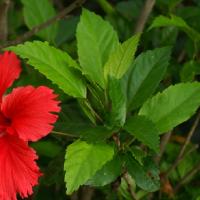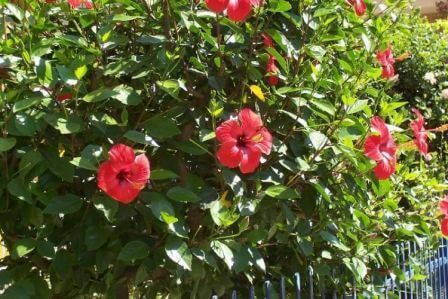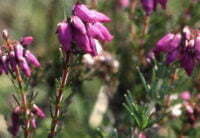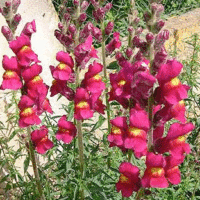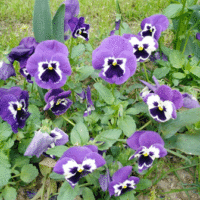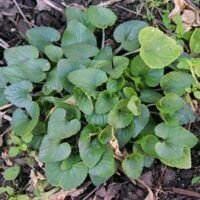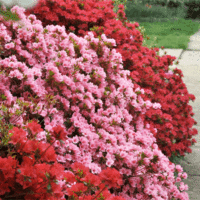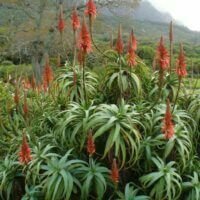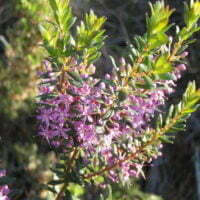| Botanical name | Hibiscus rosa-sinensis |
|---|---|
| Plant Care |  Full Sun Full Sun – Prefers 6 or more hours of sun per day.  Half Sun Half Sun – Prefers 3 To 6 Hours of Sunlight a Day.  Semi Frost Hardy Semi Frost Hardy – Is Able to Survive Moderately Low Temperatures.  Frost Sensitive Frost Sensitive – Will Get Damaged and Possibly Killed During Periods of Frost.  Moderate Watering Moderate Watering – Requires Regular Watering.  High Maintenance High Maintenance – Requires Regular Maintenance.  Pruning Required Pruning Required – Needs to be Pruned.  Non Indigenous Non Indigenous – Exotic to South Africa. |
| Size | |
| Categories | |
| Flowers | January February March April May June July October November December This plant has solitary flowers, usually red to dark red in Summer to Winter. |
| Common name(s) | Chinese Hibiscus; rose of china;hawaiian hibuscus |
| Origin | |
| Foliage | This plant bears oval-shaped, serrated, glossy, deep green foliage. |
| Uses in landscape design | Ideal for large pots or tubs. It makes a lovely informal hedge or screening plant. |
| Planting instructions | Planting: Dig a hole 60cm square and deep. Mix two thirds of the topsoil with one third compost in the bottom of the hole, add one cup of bone meal or superphosphate and mix well. |
| Maintenance | This plant needs to be protected where light frost occurs.To promote flowering and maintain bushy growth, they can be pruned lightly in spring, once the danger of frost is over. Feed with fertilizer containing nitrogen, phosphorus and potassium in spring, midsummer and autumn. |
| Recommended varieties | The prolific ‘Canary Island’ (apple blossom), one of the most popular hibiscus, has pale pink single flowers with a cerise-pink eye. ‘Ross Estey’ has large flowers that open orange before turning to salmon-pink. |
Hibiscus rosa-sinensis (Chinese Hibiscus; rose of china;hawaiian hibuscus)
- Botanical name: Hibiscus rosa-sinensis
- Common name(s): Chinese Hibiscus; rose of china;hawaiian hibuscus
- Categories: Shrubs and Perennials
Plant description:
Hibiscus flourish in warm areas, but can be grown in most regions, except where there is severe frost. They should be protected where light frost occurs. To promote flowering and maintain bushy growth, they can be pruned lightly in spring, once the danger of frost is over. Feed with fertilizer containing nitrogen, phosphorus and potassium in spring, midsummer and autumn. Hibiscus are ideal for large pots or tubs.
Family: Malvaceae
Botanical Pronunciation: hi-BIS-kus roZA-si-nen-sis
Hibiscus rosa-sinensis requirements and features
info on these icons
Moderate Maintenance
Requires moderate maintenance.
Prohibited Use Notice: No Data Scraping Allowed Except for Search Engine Indexing:
The content provided on PlantInfo.co.za is intended for personal, non-commercial use only. Unauthorized extraction, reproduction, or use of the data, including scraping, for any purpose other than search engine indexing is strictly prohibited. Violations of these terms may result in legal action. By accessing and using this website, you agree to comply with these conditions and acknowledge the legal restrictions on the use of our content.
January February March April May June July October November December
This plant has solitary flowers, usually red to dark red in Summer to Winter.
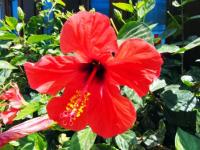
This plant bears oval-shaped, serrated, glossy, deep green foliage.
